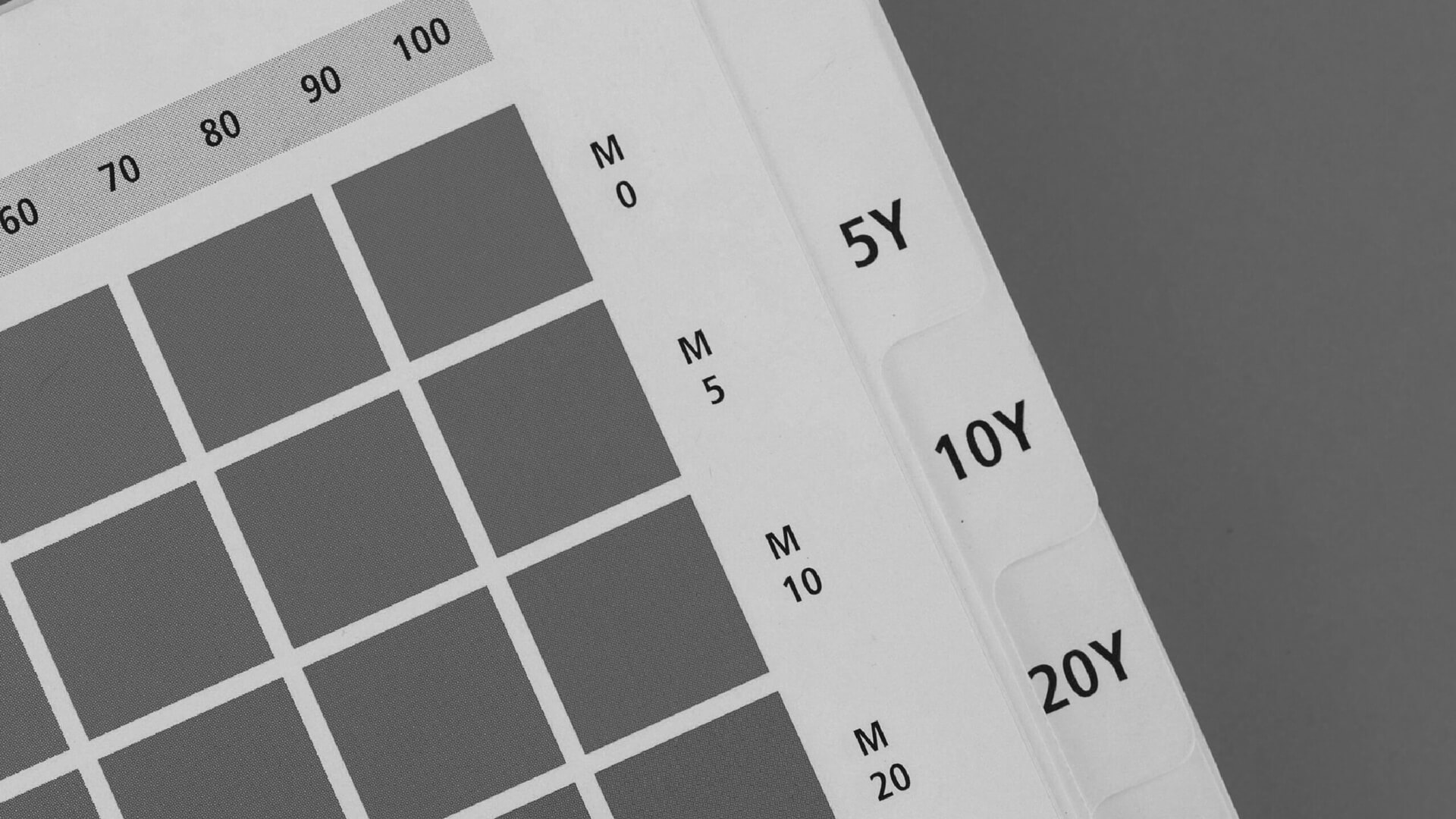UI & UX Design
We support the discovery and resolution of critical issues through a systematic approach based on design thinking.
To improve customer satisfaction in your products and services, we help you plan and execute strategies that balance business and user needs.
Using a systematic approach based on design thinking, we provide data-driven solutions by design, based on a deep understanding of user needs through methods such as user research, personas, storyboarding, and prototyping.
What We Offer
-

User-centric approach to problem solving based on both business and user needs
We use a variety of methods, including research and interviews with users, to gather user needs and create personas and customer journeys to help us understand and analyze specific user needs.
By using these methods to gain an accurate and in-depth understanding of user needs, we provide superior products for users. -

Increase usage and loyalty by improving the user experience
We improve the user experience by designing an easy-to-use UI that encourages user intention and action, and enables smooth, stress-free operation.
By providing products and services that are attractive to users, we ensure that they continue to use the products and services, and that they become loyal to the brand and acquire customers. -

Facilitate collaboration and operation with each stakeholder
The process of brand and product development becomes more complex, especially as the scale of the project grows and various stakeholders are involved. This leads to a situation where essential issues to be solved are overlooked and consistent efforts to solve them are not sufficiently implemented.
By introducing a systematic approach based on design thinking, we can facilitate collaboration with each stakeholder and create a system that enables the organization to work on continuous improvement.
Workflow
-
Discover
A "divergence" phase in which problems are listed in order to discover the underlying problem to the issue to be solved.
View Details
-
Stakeholder Interview
Interview project stakeholders.
Through interviews with each internal stakeholder, we gather information on issues from a business perspective and conditions that must be met, such as feasibility and other constraints from a technology perspective. -
Data Analysis
We analyze issues based on quantitative data such as user behavior data and system performance on existing business systems.
-
Heuristic Evaluation
We analyze quantitative items such as the time it takes to complete a business task and the number of errors, and qualitative items such as how convenient, easy to understand, and trustworthy the business system is when operated.
-
Competitor Analysis
We analyze your competitors in the market. Your competitors are selected and a comparative analysis is conducted. At this stage, we identify your company's strengths and weaknesses and consider how you should position yourself within the relevant market.
Our competitive analysis is performed to determine a solid winning position.
-
-
Define
The "convergence" phase, in which the problems listed in the search phase are narrowed down to those to be solved. Determine the problems to be solved.
View Details
-
Service Flow Map
Mapping current user operations as a series of flows and describing each operation in detail is useful for understanding the business flow and identifying issues.
Visualizing the workflow not only deepens understanding, but also facilitates communication between organizations by using specific flow maps, for example, for scopes that should be focused on in the overall workflow. -
User Journey Map
By describing the content and flow of work from the user's perspective on a time axis, it is useful for understanding a series of work flow and discovering insights, including issues, situations, and environments.
By discovering pain points and insights, and by describing the business flow from the user's point of view, it is possible to find latent dissatisfaction and needs felt by the user in a series of task flows.
In addition, by taking a bird's-eye view of the series of task flows, we can capture a wide range of user situations and environments, and gain new insights. -
User Flow
Mapping current user operations as a series of flows and describing each operation in detail helps to understand the workflow and identify issues.
-
-
Develop
The "divergence" phase, in which solutions are listed for the problems listed in the definition phase.
View Details
-
Paper Prototyping
By creating simple prototypes, we verify that the UX/UI measures we have implemented to address the issues discovered in the research phase are properly effective. By quickly verifying and making improvements, we can lead to more effective measures.
-
Wireframe
Using design tools, wireframes are created for each screen to validate effective UI design patterns.
We narrow down effective UI patterns not only through the user experience on a page-by-page basis, but also through operations throughout a series of page flows. -
Information Architecture
Organize information and make it easy for users to understand and find information; consider designing information hierarchy, labeling, and navigation to make it easier for users to find information.
Facilitate users' intuitive understanding and operation of business systems and improve customer experience.
-
-
Deliver
The "convergence" phase, in which the solutions listed in the development phase are narrowed down and proposed. Determine a solution to the issue.
View Details
-
High-fidelity Mockup
Once the UI direction is determined by prototypes and wireframes, we create highly accurate mockups and design a UI and user experience that is close to the final deliverable.
-
Design Documentation
To ensure that UI designs created at a sophisticated level can be implemented smoothly and accurately, design specifications are prepared and passed on to the development team.
-